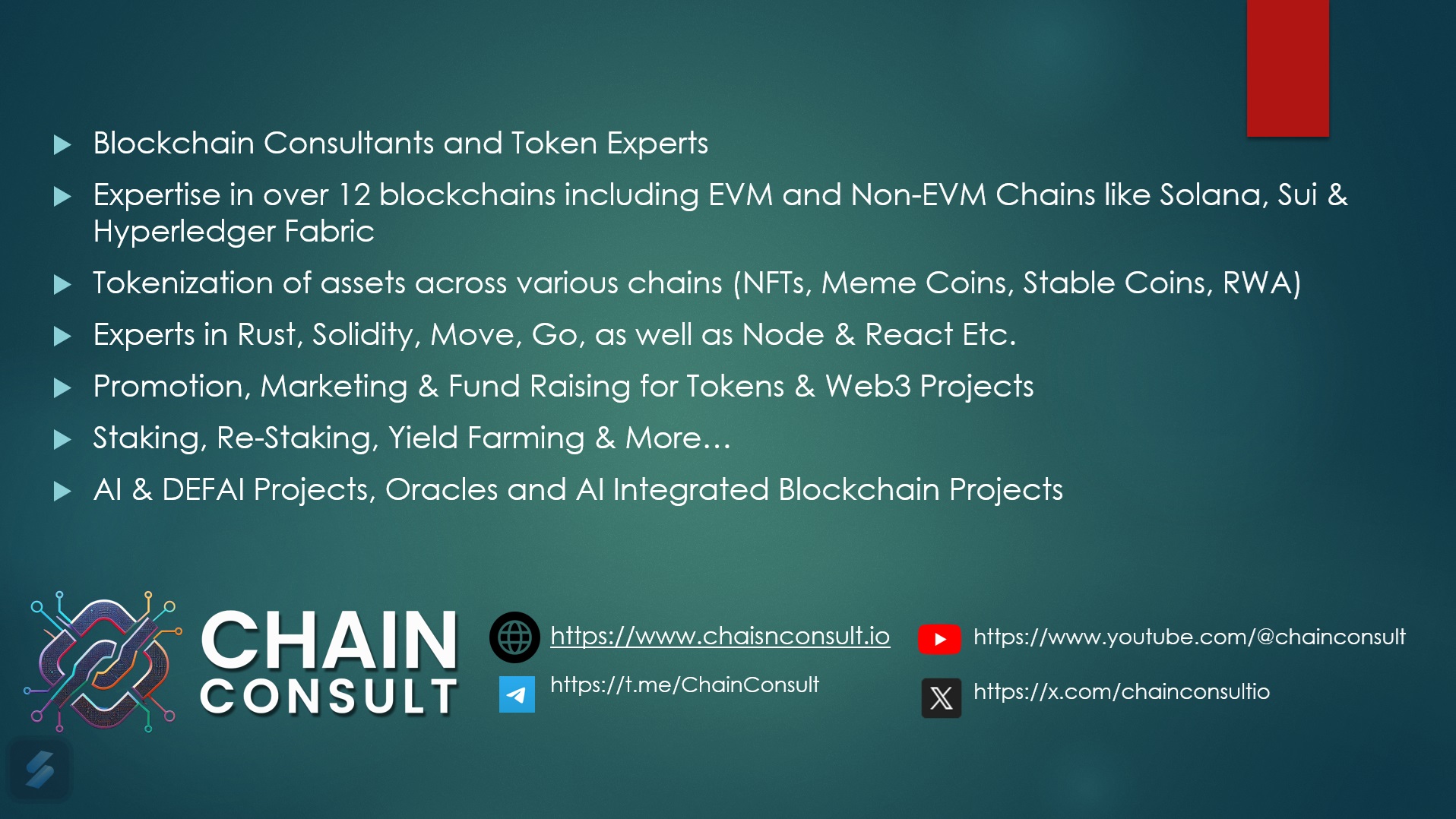
lockchain technology is transforming industries by offering a decentralized, secure method for recording transactions. By eliminating intermediaries, it ensures transparency, security, and efficiency across various sectors, including finance, healthcare, and supply chains. Each transaction is recorded on a distributed ledger, making data tamper-resistant and trustworthy. Whether you’re new to blockchain or seeking a deeper understanding, this guide simplifies its core principles, applications, and impact. From cryptocurrencies like Bitcoin to smart contracts and beyond, blockchain’s potential is vast. Dive in to explore how this groundbreaking technology is shaping the future of digital transactions and decentralized innovation.
What is Blockchain?
- A digital ledger technology that records transactions securely and transparently.
- Information is stored in blocks, which are linked in a chain, making it difficult to alter past records.
- A decentralized system that removes the need for intermediaries like banks or governments.
- The technology powers cryptocurrencies like Bitcoin and Ethereum but has applications beyond finance.
- It uses cryptographic algorithms to secure and verify transactions.
- Cryptography and consensus mechanisms ensure that transactions are safe.
How Does Blockchain Work?
Structure of a Blockchain
- Each block contains data, a hash (unique identifier), and the previous block’s hash.
- Transactions are bundled together in a block before being added to the chain.
- Blocks are linked together chronologically, forming a tamper-proof ledger.
- The use of cryptographic hashing ensures security.
- Each node Maintain a copy of the entire blockchain, ensuring decentralization.
How Transactions Work
- A user initiates a transaction (e.g., sending Bitcoin to another user).
- The transaction is broadcast to a network of nodes for verification.
- Nodes validate the transaction using consensus mechanisms (Proof of Work, Proof of Stake, etc.).
- Once verified, the transaction is grouped into a block.
- The new block is added to the existing blockchain.
- The transaction is complete and visible on the ledger.
How Transactions are Verified
- Proof of Work (PoW): Used by Bitcoin and requires solving complex mathematical problems. Energy-intensive but highly secure.
- Proof of Stake (PoS): Validators are chosen based on the number of coins they hold and are willing to stake.Energy-efficient and faster than PoW
- Other Mechanisms: Delegated Proof of Stake (DPoS), Practical Byzantine Fault Tolerance (PBFT), Proof of Authority (PoA)
Types of Blockchain Networks
1. Public Blockchain
- Open to anyone (e.g., Bitcoin, Ethereum).
- Fully decentralized and transparent.
2. Private Blockchain
- Controlled by a single entity or organization.
- Used for business or enterprise applications (e.g., IBM Hyperledger).
3. Consortium Blockchain
- Partially decentralized, controlled by multiple organizations.
- Used for business collaborations and inter-company transactions.
4. Hybrid Blockchain
- Combines elements of both public and private blockchains.
- Provides flexibility in access control and privacy.
Key Features of Blockchain
1. Decentralization
- No central authority; instead, a network of nodes maintains the system.
- Reduces reliance on intermediaries like banks.
2. Transparency
- All transactions are recorded on a public ledger visible to participants.
- Enhances trust and reduces corruption.
3. Security & Immutability
- Transactions, once recorded, cannot be altered or deleted.
- Cryptographic techniques ensure protection against fraud.
4. Smart Contracts
- Self-executing contracts with predefined rules stored on the blockchain.
- Automates processes, reducing the need for middlemen.
5. Efficiency & Speed
- Transactions are processed faster than traditional banking systems.
- Reduces paperwork and manual verification.
Real-World Applications of Blockchain
1. Cryptocurrency & Payments
- Bitcoin, Ethereum, and other cryptocurrencies use blockchain for secure transactions.
- Enables fast, borderless, and low-cost payments.
2. Finance & Banking
- Enables faster cross-border transactions.
- Reduces fraud and improves security in digital payments.
3. Supply Chain Management
- Tracks goods from production to delivery.
- Improves transparency and prevents counterfeiting.
4. Healthcare
- Stores secure and tamper-proof patient records.
- Enhances data sharing between healthcare providers.
5. Voting Systems
- Enables secure and transparent online voting.
- Reduces election fraud and manipulation.
6. Real Estate
- Uses smart contracts to simplify property transactions.
- Reduces paperwork and prevents fraud.
7. Identity Management
- Provides secure digital identities.
- Prevents identity theft and fraud.
8. Internet of Things (IoT)
- Enhances security and automation in IoT devices.
- Enables decentralized control over connected systems.
9. Gaming and NFTs
- Provides ownership of in-game assets through NFTs (Non-Fungible Tokens).
- Creates transparent marketplaces for digital assets.
10. Insurance & Fraud Prevention
- Automates claim processing through smart contracts.
- Reduces fraud with transparent record-keeping.
Challenges of Blockchain Technology
1. Scalability Issues
- Processing large volumes of transactions can be slow and costly.
- Solutions like Layer 2 scaling (e.g., Lightning Network) are being developed.
2. Energy Consumption
- Proof of Work (PoW) mining consumes vast amounts of energy.
- Transition to Proof of Stake (PoS) aims to reduce energy usage.
3. Regulatory Uncertainty
- Governments are still figuring out regulations for blockchain and cryptocurrencies.
- Different countries have different legal frameworks.
4. Adoption Barriers
- Businesses and individuals need more education and awareness.
- Enterprises may hesitate to transition to blockchain-based solutions.
The Future of Blockchain
- Scalability solutions like Ethereum 2.0 and Layer 2 technologies aim to improve transaction speed.
- Increased adoption in industries beyond finance, including supply chain, healthcare, and governance.
- Integration with AI and IoT to create more secure and automated systems.
- Government-backed digital currencies (CBDCs) to modernize financial systems.
- Interoperability between blockchains to enable seamless communication between different networks.
- Decentralized Finance (DeFi) providing banking services without intermediaries.
- NFTs and the Metaverse growing as new forms of digital ownership and economy.
- More user-friendly interfaces to make blockchain accessible to non-technical users.

